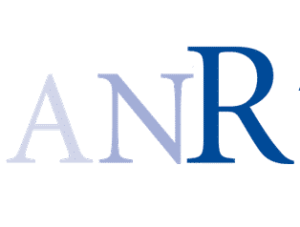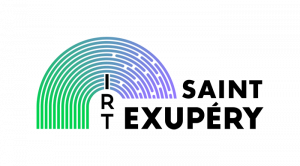Current research projects involving members of LEMON
International Grants |
National (ANR) Grants |
National Projects |
Industrial collaborations |
Former research projects involving members of LEMON
International Grants |
National (ANR) Grants |
National Projects |
Industrial collaborations |
ANR Project MUFFINS (2022-2026)
ANR Project CROQUIS (2022-2025)
ANR Project McLaren (2020-2024)
European Staff-Exchange Project STARWARS (2023-2025)
European Project CASCADE (2018-2022)
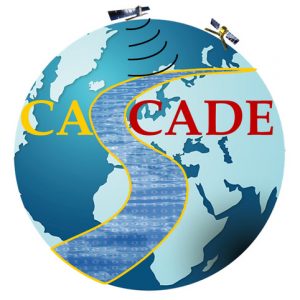 |
Title: Combining earth observation with a large scale model cascade for assessing flood hazard at high spatial resolution. |
Project ANR DEUFI (2019-2023)
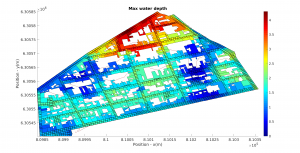 |
Title: Detailing Urban Flood Impact Partners: GEAU, Artelia, LMFA, Cerema, ULiège, ICube Although urban floods were largely investigated, the flow exchanges between streets and buildings are poorly documented in the laboratory and in the field. DEUFI project fills this gap focusing on the hydraulic processes inside and outside one urban block and assessing how this knowledge can be useful to estimate the damages and the number of fatalities. Website |
Project ANR GAMBAS (2019-2023)
 |
Title: Generating Advances in Modeling Biodiversity And ecosystem Services
|
Inria Challenge SURF (2019-2023)
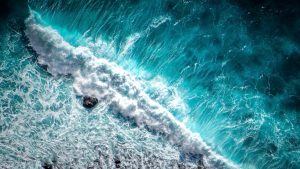 |
Title: Sea Uncertainty Representation and Forecast Partners: Inria, BRGM, SHOM, Ifremer Understanding the dynamics of the oceans is a key scientific issue. It has many applications in coastal zone management, the regulation of maritime traffic and the prevention of ecological, meteorological and industrial risks. While scientific computing is now one of the most widely-used tools to explain or predict changes in the ocean, simulation tools are still reserved for specific purposes. The SURF project brings together several Inria teams that are pooling their expertise to develop a common platform for computing oceanic flows in littoral and coastal zones. Website
|
Project AMANDE (Partenariat Hubert Curien)
| PHC project Amande (2019-2021): stochastic and semi-parametric approaches combined to remote sensing for the study of the water stress
|
Collaboration with Berger-Levrault
Project ANR ANSWER (2017-2021)
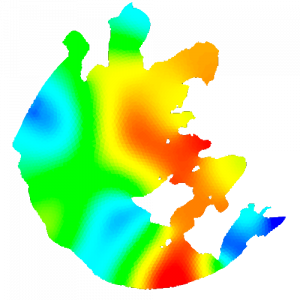 |
Title: Analysis and Numerical Simulation of Water Ecosystems in Response to anthropogenic environmental changes |
Project FRAISE (CNRS funding, Lefe Manu)
| LEFE MANU Fraise (2019-2021): rainfall forcing by stochastic simulation for hydrological impact studies from dry periods to extreme events
|




